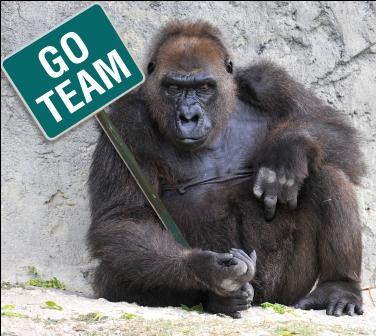A Business Plan is not just written for the fun of it.
It’s a critical document.
It focuses on what the business objectives are, sets out the thinking behind the business and shows the methods by which the objectives will be achieved.
It’s for this reason that care must be taken to pull all the details together in one cohesive document.
When drafting a Business Plan, remember that the volume of words used is never the measurement of a good plan. Verbosity doesn’t win any prizes.
It’s more important to be concise, and precise.
Who writes it?
The plan can either be a team effort, with various specialist contributors following a cohesive format as the one shown below, or it can be the task of the business owner, CEO or CFO.
Writing a detailed business plan does require a considerable amount of thought, time and effort.
However, the long term rewards well outweigh the investment of business resources. There are plenty of aids that can assist you in accelerating the business plan writing process.
An outline
Often more than half the difficulty in writing a plan is in knowing what format to use and what information to include.
Once this is no longer an unknown, it’s just a matter of working through the headings/sections and methodically completing them.
To help you get through this tricky part, I’ve detailed a comprehensive Business Plan format to follow.
Remember though, that if you don’t need a comprehensive plan, there are other alternative formats that can be followed.
Business Plan format
- Cover Sheet: Include name, address, main contact, phone and date the plan was written.
- Table of Contents
- Executive Summary: Briefly outlines the key content of the plan.
- Business Overview: Includes a brief description of how, when, and by whom the organisation was started. The business overview should also include the organisation’s key achievements, setbacks, current status, and a mission statement which clearly and concisely states where your business is headed and what you hope to achieve.
- Products and Services: Describes the need for the products/services in today’s marketplace, how they will make a difference; the benefits derived from using them, and detail any exclusivity or uniqueness.
- Market Description and Analysis:
- a) Customer profile: Describes who your target market is, where they are located, and the market size.
- b) Industry profile: Discuss relevant trends past, present, and the future, including data on past and current sales, and future sales growth forecasts, so you can demonstrate your business is viable in the long term.
- c) Competitive profile: Compare and stress the advantages your business has over the competition including; price, quality, service, promotional strategies, and distribution.
- SWOT Analysis: Outlines the key-
- a) Strengths that can be built upon
- b) Weaknesses that can be strengthened
- c) Opportunities that can be capitalised upon
- d) Threats that can be reduced
- Marketing Plan: Specifies the organisation goals (objectives), how they are to be achieved (strategies), planned marketing tactics and schedules of actions to be taken.
- Operations Plan: Discloses present operational capacity and capabilities, as well as future staffing, equipment, and facility requirements. Substantiates any licensing or patent advantages the business has, and any future research and development plans.
- Financial Plan: Includes financial projections with key financial performance indicators if you’re preparing the plan for financing.
- Appendix: Provides a glossary of all key pieces of documented evidence.
Have I missed anything?

